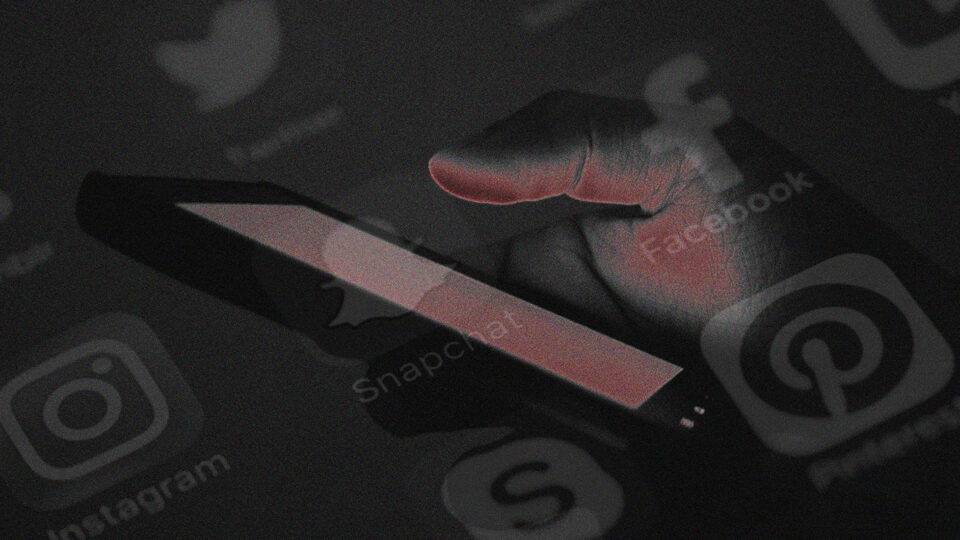
Buzzsumo’s Content Trends Report 2018, which analysed the stats of 100 million posts published in 2017, found that social sharing has halved since 2015.
The company’s director and author of the report, Steve Rayson, warned: “If you’re sticking with your content approach from three years ago, it’s now 50% less effective.”
Part of this is due to the rise in private sharing, otherwise known as dark social, which is shaking up the way brands are approaching digital marketing.
Think about how you use Facebook. When it first came out, the majority of conversations took place on each other’s walls, for the whole of the Facebook world to see. Nowadays, interactions on the social media platform tend to be tags in posts. For longer conversations or the sharing of content, many of us are turning to our personal messaging apps.
In fact, Business Insider reported two years ago that social messaging had surpassed social media, as more consumers turned to apps like WhatsApp, Messenger, WeChat and Viber instead of Facebook, Instagram, Twitter and LinkedIn.
What’s more, Buzzsumo’s report highlights that nearly two thirds (65%) of shares, such as copy and pasting a URL, from a sample of 150,000 sites in June 2017 took place via dark social. This is twice as large as public sharing.
But it seems many marketers have their heads in the sand when it comes to the phenomenon of dark social, and as a result their digital marketing is suffering.
According to Econsultancy’s Marketing in the Dark report, only 4% of marketers see dark social as a top three challenge. Instead, the biggest technical barriers rated were the complexity of the customer experience (46%), difficulty unifying different data sources (43%), and poorly integrated marketing technology (38%).
But it is clear that dark social is having a bigger impact on consumer behaviour. And brands might want to reconsider how much they value dark social channels.
Econsultancy’s report also indicated that outperforming companies are nearly twice as likely as mainstream businesses to use WhatsApp to engage with customers.
Private messaging channels are clearly now a mainstay in the day-to-day lives of consumers, so trying to tempt users away from dark social could just be a waste of time and resources. Marketers need to realise that times have, again, changed. They need to embrace these channels and optimise their marketing strategies to get high engagement through dark social.
But marketers can’t just use private messaging apps as a way to bombard users with the same messages they’re sharing on social media. The nature of these channels means users are used to having natural and personal communications with people they know. If brands get their messaging right, dark social has the potential to boost customer relationships. Get it wrong, and consumers may feel like marketers are encroaching on their personal space.
Digital marketing is facing a new obstacle in the form of dark social but brands can’t simply turn a blind eye. At Fireworx, we love a challenge. If you’d like help cracking dark social, why not give us a call today?



